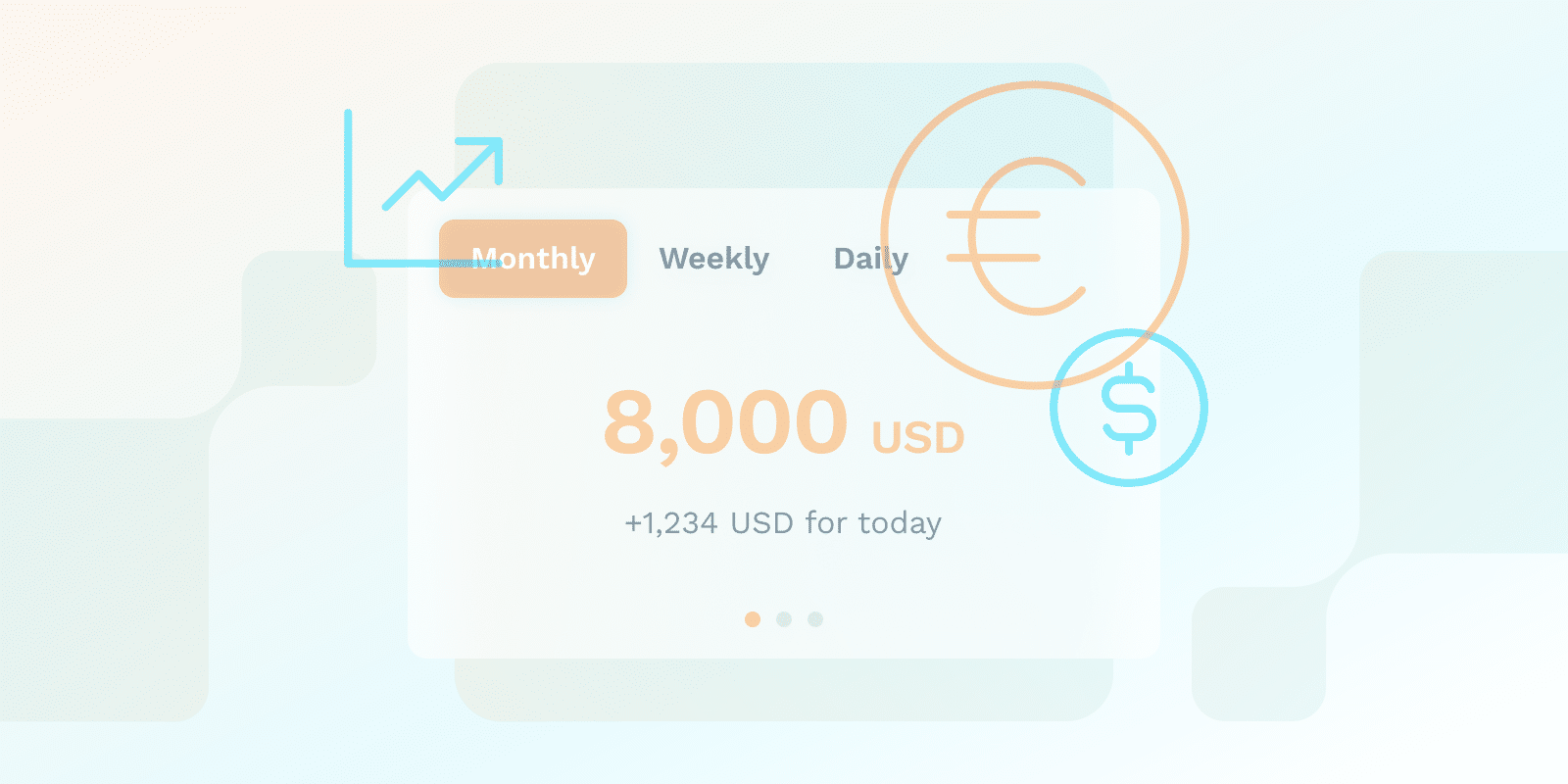Financial Management
What is Pricing Optimization?

What is pricing optimization and how does it benefit SaaS companies?
Pricing optimization represents an ongoing process of employing data-driven insights and constant market analysis to determine a suitable price point for products or services.
Keeping your pricing strategy flexible and fine-tuning it can influence revenue, attract customers, lower your CAC (customer acquisition costs) and ultimately, help stay ahead of the curve through appealing pricing.
How can SaaS companies identify their pricing strategy options?
When determining the right SaaS pricing strategy, businesses should consider several aspects:
- Analyze your audience: Who are the customers your SaaS product is targeting and what are their budgets?
- Establish your production costs: What are your development costs, as well as maintenance, marketing, sales and support expenses? Knowing them, what is your profit margin on each sale?
- Review your industry: How much are your competitors charging?
- Evaluate data-based insights: Do you have sufficient information to support a specific pricing strategy?
- Consider product complexity: Does your SaaS product have sufficient features that can be divided into different tiers?
Generally, in the SaaS landscape, there are a few pricing strategies that are effectively used by the majority of businesses.
These include cost-plus pricing (adding a profit margin on top of your production expenses), competitor-based pricing (considering pricing strategies employed by SaaS companies in your industry), value-based pricing (understanding the core values your product brings and the price points your customers are willing to pay), tiered pricing (offering different packages to respond to varying budgets), and dynamic pricing (adjusting offering based on industry fluctuations)
| Feature | Cost-Plus Pricing | Competitor-Based Pricing | Value-Based Pricing | Tiered Pricing | Dynamic Pricing |
|---|---|---|---|---|---|
| Core Approach | |||||
| Primary Focus | Production expenses plus markup | Market positioning | Customer perceived value | Feature differentiation | Market conditions |
| Pricing Basis | Development and operational costs | Competitor price points | Customer willingness to pay | Feature packages | Real-time market analysis |
| Implementation | |||||
| Data Requirements | Production and overhead costs | Competitor pricing information | Customer value metrics | Feature usage analytics | Market trends and demand data |
| Flexibility | Low | Medium | Medium | High | Very High |
| Business Impact | |||||
| Revenue Potential | Moderate | Market-dependent | High | Very High | Variable |
| Market Adaptability | Limited | Moderate | Good | Excellent | Outstanding |
| Customer Segmentation | Basic | Market-based | Value-based | Feature-based | Dynamic |
What are the key SaaS metrics to consider when optimizing pricing?
Evaluating specific SaaS metrics and using the data collected in your pricing evaluation process can influence results.
Monitoring your CAC (customer acquisition costs) helps SaaS businesses understand how much each user costs to acquire. Comparing this metric with CLTV (customer lifetime value) which identifies the total amount of revenue generated, SaaS business can asses the return on investment and decide if raising prices is an appropriate measure.
Additionally, in your pricing optimization process, assessing your churn rate is essential. Knowing how many clients are canceling their subscriptions is just as relevant as how many users you are acquiring.
To track your overall business health, your MRR (Monthly Recurring Revenue) is an important benchmark, as it displays how much recurring income your SaaS product is gaining.
How do I conduct a financial analysis to determine optimal pricing?
Here is a step-by-step process of determining your SaaS’s optimal pricing strategy:
- Step One: Gather relevant and accurate data on production expenses, sales figures, and industry metrics.
- Step Two: Evaluate key benchmarks like CAC, CLTV, churn, and MRR.
- Step Three: Use financial modeling with different SaaS pricing strategies to forecast their impact on your bottom line.
- Step Four: Collect user feedback and customer surveys to understand your target audience and their pricing preferences.
How can I use data and analytics to improve pricing decisions?
Data plays a key role in pricing optimization. When experimenting with different price points and audience segments, you are evaluating data to make the right decision.
Tracking usage data indicates which features bring the highest value to your customers.
Additionally, competitive market analyses can be realized when using data monitoring software.
Conclusion
Pricing optimization is not a one-time operation. It is an ongoing process that aims at finding an appealing price point considering product complexity, audience budgets and market trends and insights.
However, to ensure that you are taking steps in the right direction, you need to continuously collect data, analyze them, and make decisions based on them.